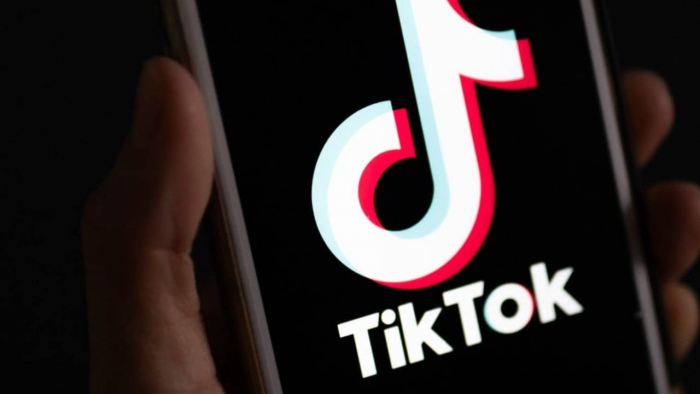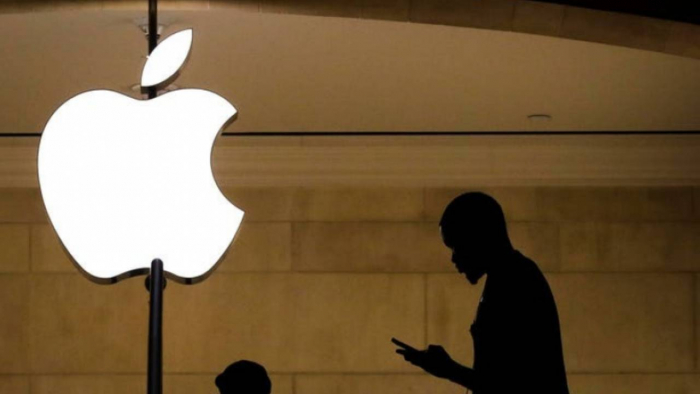In the fast-moving world of technology, few areas evolve as quickly as mobile hardware. Looking back at the smartphones of 2016 gives us a fascinating glimpse into how far we’ve come, and why 2016 nostalgia still resonates with many tech enthusiasts. That year was a turning point in mobile history – not just for the devices themselves, but for the way they influenced our lifestyles, social habits, and even business interactions. By comparing the hardware of 2016 to what we use today, we can better understand both the pace of innovation and the persistent design philosophies that continue to shape the devices in our pockets.
The Smartphones of 2016: A Defining Era
Back in 2016, mobile devices were already firmly entrenched in everyday life. Major releases like the iPhone 7, Samsung Galaxy S7, and Google Pixel (the very first of its line) were changing user expectations. Smartphones were slimmer, lighter, and faster than ever before, with incremental improvements that still felt groundbreaking at the time.

Key hardware features in 2016 included:
- Fingerprint sensors becoming mainstream: Positioned on the front or rear of devices, biometric security was moving into the spotlight.
- Headphone jacks (on their way out): Apple’s controversial removal of the headphone jack with the iPhone 7 created headlines and endless debates.
- Cameras with low-light improvements: Smartphone cameras were advancing, offering larger apertures and optical image stabilization.
- 4G LTE dominance: 2016 was the year of widespread LTE adoption, making mobile browsing, streaming, and app use faster than ever.
- First experiments with AI assistants: Google Assistant made its debut in 2016, signaling a new era of voice-powered interaction.
For many, these phones represented the perfect balance between usability and innovation. That’s why 2016 nostalgia still pops up in conversations when people recall their favorite devices.
The Devices of Today: Power Beyond Measure
Fast forward to the present, and smartphones have transformed into ultra-powerful, pocket-sized computers. The devices we hold now are not just communication tools – they’re cameras, entertainment systems, workstations, and AI companions rolled into one.
Some defining features of today’s smartphones include:
- Edge-to-edge OLED displays: Screen-to-body ratios have increased dramatically, with bezels nearly eliminated.
- Multiple camera systems: Standard, wide-angle, telephoto, and even macro lenses make smartphones photography powerhouses.
- 5G connectivity: Offering lightning-fast data speeds, 5G makes real-time video calls, gaming, and streaming seamless.
- AI-driven performance: Hardware is now optimized through machine learning, improving everything from battery life to photography.
- Face recognition and advanced biometrics: Beyond fingerprint sensors, face and iris recognition add new levels of security.
- Foldable and flexible displays: A futuristic touch that is starting to become more accessible to everyday users.
In short, today’s devices are designed to replace multiple gadgets at once, reflecting the convergence of technology into a single, streamlined device.
What’s Changed the Most
The leap from 2016 to today is staggering in some areas. Perhaps the most dramatic transformations include:
- Display Technology: 2016 still relied on LCD screens in many flagships, while now OLED and AMOLED panels dominate. Resolutions have improved, refresh rates have climbed to 120Hz and beyond, and HDR support is common.
- Processing Power: The processors of 2024 and 2025 are many times more powerful than those of 2016. Multitasking, high-end gaming, and AI tasks are now handled effortlessly.
- Camera Systems: The move from single-lens to multi-lens setups, combined with computational photography, has transformed mobile photography and videography.
- Connectivity: From 4G LTE in 2016 to 5G today, connectivity speed has jumped exponentially, fueling new app ecosystems and experiences.
- Design Philosophy: Slimmer bezels, higher screen-to-body ratios, and new form factors like foldables show how design priorities have shifted.
What Hasn’t Changed
Despite huge advances, some aspects of smartphone hardware remain surprisingly consistent:
- Battery Life Expectations: Even with bigger batteries and faster charging, the average user still expects about a day of use – just like in 2016.
- Durability Concerns: Dropping a phone is still a nightmare. Glass remains the dominant material, making devices vulnerable despite Gorilla Glass and protective cases.
- Incremental Upgrades: While each year brings improvements, some users argue that the “big leaps” of early smartphone eras are less common today.
- Price vs. Value Debate: The high cost of flagships remains a sticking point, echoing the same debates we saw around iPhones and Galaxies in 2016.
Why 2016 Nostalgia Matters
So why do so many tech fans look back at 2016 with fondness? Part of it comes down to timing. That year marked a sweet spot when smartphones had matured enough to feel essential, but still carried enough variety and experimentation to keep things exciting. Headphone jacks, smaller form factors, and even the early days of digital assistants created a balance between simplicity and innovation.
Today’s devices are undeniably more powerful, but they also feel more standardized. In a market where every flagship has multiple cameras, a giant screen, and similar software capabilities, the quirks of 2016 stand out as unique.
What It All Means for the Future
Looking back isn’t just about indulging in 2016 nostalgia. It helps us understand how user expectations shape innovation. The design choices of 2016 – from biometric security to camera-centric features – set the stage for many of today’s breakthroughs.
The next phase of mobile hardware may include:
- Wider adoption of foldable and rollable displays.
- Integration of AI at the chip level for predictive performance.
- Stronger emphasis on sustainability and eco-friendly materials.
- Even deeper blending of AR/VR into mobile ecosystems.
In other words, the same balance between usability and innovation that defined 2016 is likely to remain a guiding principle for years to come.
Final Thoughts
The smartphones of 2016 may seem modest compared to the powerhouse devices we carry today, but they hold a special place in tech history. By reflecting on the differences and similarities, we see not only how technology has evolved, but also how certain challenges remain consistent. 2016 nostalgia reminds us that progress isn’t always about bigger numbers or flashier features – it’s about how technology fits seamlessly into our daily lives.
As we look ahead, the lessons of 2016 continue to inform the innovations of tomorrow. For all the futuristic hardware in development, the best devices will always strike that same balance: making life simpler, smarter, and just a little bit more exciting.
Post Comment
Be the first to post comment!





